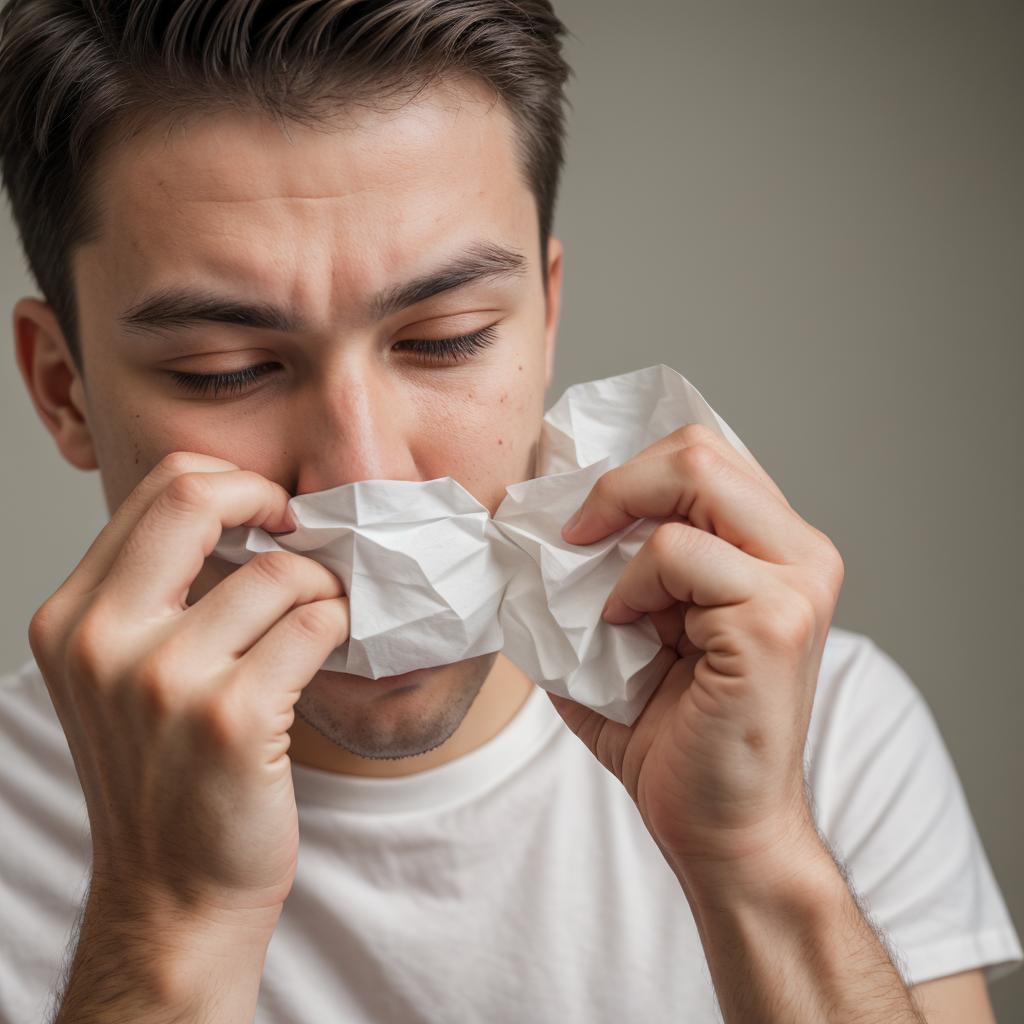

The impact of eye allergies
Eye allergies, also known as allergic conjunctivitis, can be a bothersome condition for many individuals.
Whether triggered by pollen, pet dander, dust, or other allergens, the symptoms can range from mild irritation to severe discomfort. Itching, redness, swelling, and watery eyes are common complaints among those affected by eye allergies. Fortunately, various eye drops are available to alleviate these symptoms and provide much-needed relief.
Choosing the right eye drops
With a multitude of eye drops on the market, selecting the most effective option for alleviating eye allergy symptoms can be daunting. However, understanding the different types of eye drops and their active ingredients can help make this decision easier.
Antihistamine eye drops
Antihistamine eye drops are among the most commonly used for treating eye allergies. They work by blocking the action of histamine, a chemical released by the immune system in response to allergens. By inhibiting histamine, these eye drops help reduce itching, redness, and swelling in the eyes.
One popular antihistamine eye drop is ketotifen, which is available over-the-counter. Ketotifen eye drops provide fast-acting relief and can be used as needed throughout the allergy season.
Mast cell stabilizer eye drops
Mast cell stabilizer eye drops are another effective option for managing eye allergies. These drops work by preventing mast cells in the eyes from releasing histamine and other inflammatory substances when exposed to allergens. While mast cell stabilizer eye drops may take longer to provide relief compared to antihistamines, they offer longer-lasting protection against allergy symptoms.
One example of a mast cell stabilizer eye drop is sodium cromoglicate. This medication is available over-the-counter and is suitable for individuals with mild to moderate eye allergies.
Combination eye drops
For individuals with more severe eye allergy symptoms, combination eye drops containing both antihistamines and mast cell stabilizers may be recommended. These dual-action eye drops provide rapid relief from itching and redness while also offering long-term protection against allergens.
One well-known combination eye drop is olopatadine, which is available by prescription. Olopatadine eye drops effectively relieve allergy symptoms and can be used twice daily for ongoing symptom management.
Prescription vs. over-the-counter eye drops
While many eye allergy medications are available over-the-counter, some individuals may require prescription-strength eye drops for adequate symptom relief. Prescription eye drops may contain higher concentrations of active ingredients or additional medications to address specific symptoms or underlying conditions.
Before starting any new eye drop regimen, it is essential to consult with a healthcare professional, especially for individuals with pre-existing eye conditions or those taking other medications.
Eye allergies can significantly impact daily life, but with the right eye drops, relief is within reach. Whether opting for antihistamine, mast cell stabilizer, or combination eye drops, finding the best option often involves some trial and error. By understanding the different types of eye drops available and consulting with a healthcare professional, individuals can effectively manage their eye allergy symptoms and enjoy clearer, more comfortable vision throughout allergy season and beyond.



